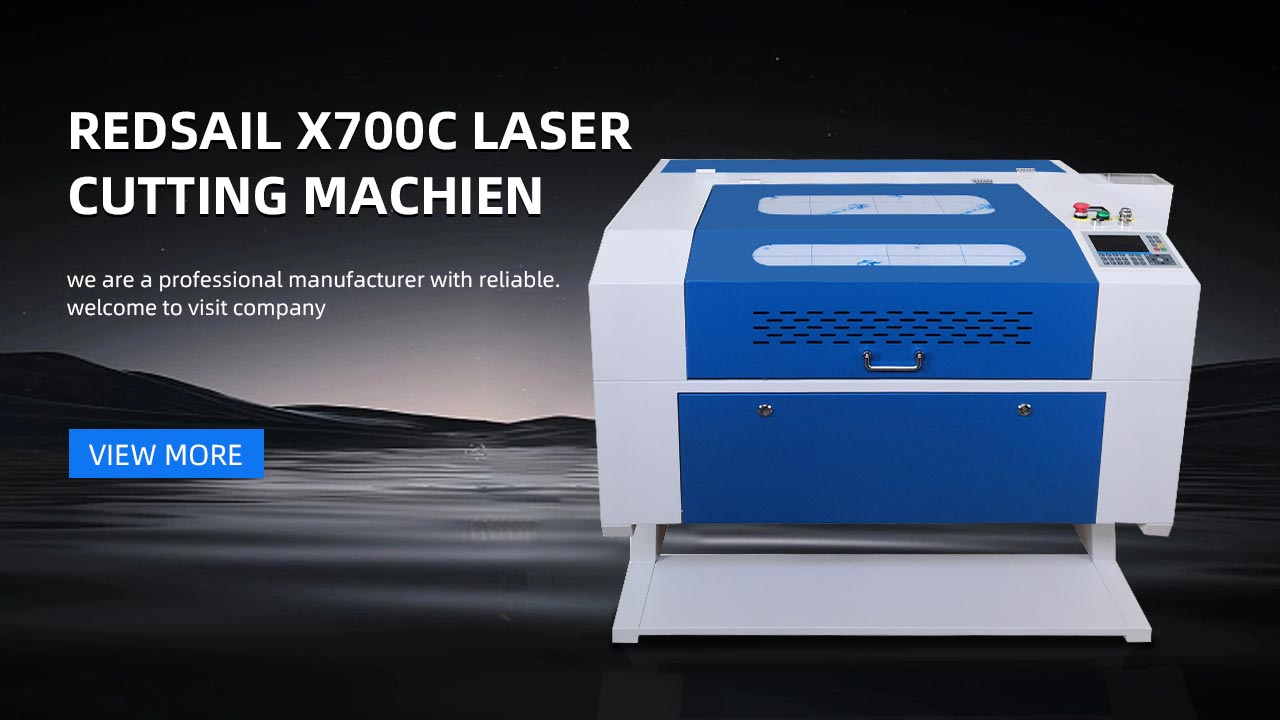Why Isn’t the CO2 Laser Cutting? Unveiling the Mystery Behind its Ineffectiveness!
Introduction
CO2 lasers are widely used in industrial applications, including cutting various materials with precision and speed. However, if you are facing issues with your CO2 laser not effectively cutting, it can be frustrating and can lead to decreased productivity and increased downtime. In this article, we will explore the possible causes behind the ineffectiveness of CO2 laser cutting and provide insights into how to address these issues.
Common Causes for Ineffectiveness
1. Insufficient Laser Power
One of the primary reasons for ineffective CO2 laser cutting is insufficient laser power. If the laser power is not set at the appropriate level for the material being cut, it will not be able to penetrate or melt the material effectively, resulting in incomplete or slow cutting. It is crucial to ensure that the laser power is calibrated correctly to match the requirements of the material being worked on.
2. Focal Point Misalignment
The focus point of the CO2 laser beam needs to be precisely aligned for efficient cutting. Misalignment of the focal point can lead to uneven cuts or, in some cases, no cutting at all. It is essential to regularly check and adjust the focal point using the manufacturer’s guidelines or consulting an expert technician to ensure optimal cutting performance.
3. Contaminated Optics
CO2 laser optics, including lenses and mirrors, are prone to contamination from dust, debris, or residue from the cutting process. Contaminated optics can significantly reduce the cutting effectiveness as they distort the laser beam or reduce its intensity. Regular cleaning and maintenance of the optics are necessary to prevent such issues and maintain peak cutting performance.
4. Incorrect Nozzle Selection
The selection of the correct nozzle is crucial for efficient CO2 laser cutting. Different materials and cutting applications require specific nozzle sizes and types to achieve optimum results. An improper nozzle selection can result in excessive heat, improper gas flow, or reduced focusing capability, ultimately affecting the cutting performance. It is essential to consult the machine’s specifications or seek expert advice to ensure the correct nozzle selection.
5. Inadequate Assist Gas Supply
The assist gas, typically a mixture of oxygen, nitrogen, or compressed air, helps in blowing away molten material during laser cutting. If the assist gas supply is inadequate or improperly set, it can lead to ineffective cutting. The type, pressure, and flow rate of the assist gas should be adjusted according to the material being cut to ensure proper evacuation of molten material and efficient cutting.
6. Worn-out or Mismatched Consumables
Worn-out or mismatched consumables, such as nozzles, lenses, or mirrors, can significantly affect the efficiency and accuracy of CO2 laser cutting. Over time, consumables can degrade due to wear, reducing their effectiveness. It is crucial to regularly inspect and replace consumables as required, using genuine and correctly matched parts recommended by the laser machine manufacturer.
Frequently Asked Questions (FAQs)
Q1: How often should I clean the CO2 laser optics?
A1: The frequency of cleaning the CO2 laser optics depends on the working environment and the materials being cut. As a general rule, the optics should be cleaned regularly, preferably after every shift or batch, to prevent contamination buildup.
Q2: Are all materials suitable for CO2 laser cutting?
A2: While CO2 lasers are versatile and can cut many materials, some materials may not be suitable for CO2 laser cutting. These include materials like reflective metals or materials with high thermal conductivity.
Q3: Can inadequate cooling affect CO2 laser cutting?
A3: Yes, inadequate cooling can negatively impact CO2 laser cutting. Laser machines need proper cooling to ensure consistent beam quality and prevent overheating, which could lead to reduced cutting efficiency or machine components being damaged.
Q4: Can the gas quality affect CO2 laser cutting?
A4: Yes, the gas quality can impact CO2 laser cutting. Poor gas quality, contamination, or incorrect gas mixture can affect the beam quality and cutting performance. Regularly checking and maintaining the gas supply is essential for optimal cutting results.
Q5: Why is it crucial to use genuine consumables?
A5: Genuine consumables recommended by the laser machine manufacturer are designed to match the machine’s specifications, ensuring optimal performance. Using counterfeit or mismatched consumables can lead to reduced cutting efficiency, poor cut quality, or even damage to the machine.
Conclusion
When facing ineffectiveness in CO2 laser cutting, it is essential to diagnose the root cause accurately and take appropriate measures to address the issue. This article highlighted some common causes for ineffective cutting and provided insights into how to overcome these challenges. By ensuring proper laser power, focal point alignment, clean optics, correct nozzle selection, adequate assist gas supply, and using high-quality consumables, you can enhance the productivity and efficiency of your CO2 laser cutting operations.





